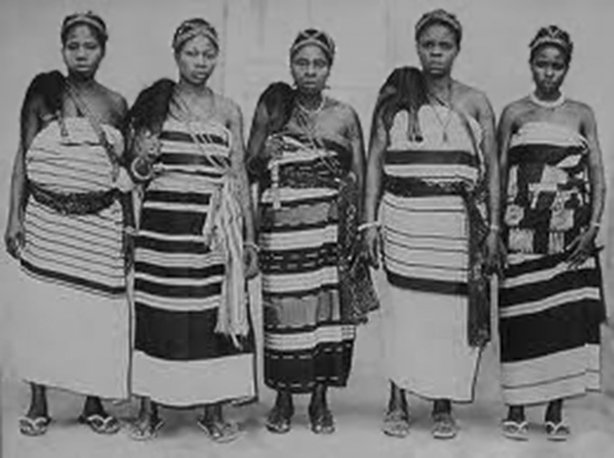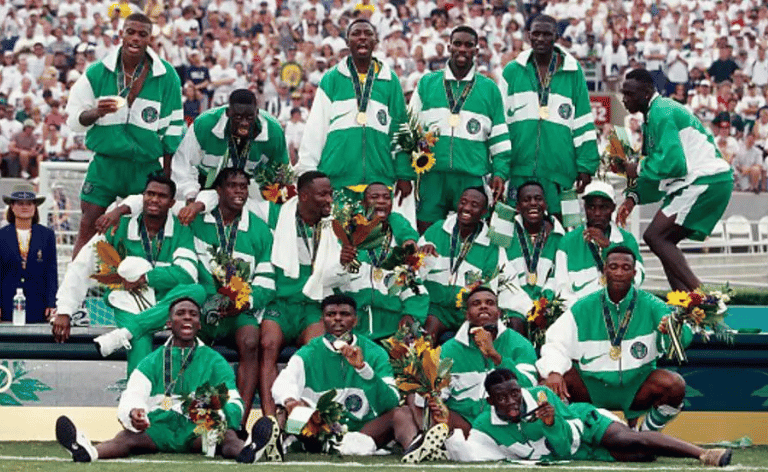The Women’s War of 1929


In early Colonial Nigeria, women did not really have a say in society. They were not allowed to participate in government policies and they were not allowed to choose who would lead them. The men chose the leaders. The women, on the other hand, felt at home in the market. It was like a community where the women could come together and tell beautiful stories of what was happening in the society around them without feeling inferior to any other gender. These were some of the issues prior to the women’s war of 1929.
Imagine their pain when the Colonial government, with the help of the Warrant Chiefs tried to take this from them. They had accepted so much and turned a blind eye to so many things happening around them but they were done accepting it. They were tired of being passive and letting anything slide. It was time to say, “No! Enough is Enough.�? This led to the birth of the Aba women’s riot, popularly known as the women’s war of 1929.
The Aba Women Riot
The riot took place in the provinces of Calabar and Owerri between November and December 1929. Thousands of women were able to organize themselves and lead a powerful revolt against the Colonial government.

How did this all start? The whole grievance dates back to 1914. When Sir. Fredrick Lord Lugard amalgamated the Northern and Southern protectorates in 1914, he introduced an indirect rule to the Southern protectorate. This wasn’t a style of government the Igbos were not familiar with. The warrant chiefs appointed by the British government were to rule the people.
Most of the warrant chiefs were not qualified to hold this position and this did not go well with the people of their community. The Warrant Chiefs introduced harsh laws with severe consequences and dealt with anyone that criticized them. The true source of their power, however, was from the colonial government who were just using them to carry out their wishes.
Things took a greater turn when the colonial government announced plans to impose taxes on the market women in these areas. The women involved were from majorly six ethnic groups: Ibibio, Igbo, Ogoni, Bonny, Andoni, and Opobo. They were responsible for food supply in Calabar, Owerri, and other provinces around the area. The tax was leading to women losing their businesses. This was going to affect the supply of food for the growing population.
Word spread about this growing development. The women mobilized themselves with the aid of palm leaves which meant there was trouble. In November 1929, they congregated at the Native Administration centers to protest against the draconian ways of the warrant chiefs and the taxation of the market women. They used the traditional means of “sitting on a man�? which involved all night songs and dance ridicule. This forced some warrant chiefs to resign their positions. The women also broke into the prison and released prisoners, attacked European owned stores and Native courts owned by the British, burning some of them to the ground.
Help came from the colonial police. They shot at the crowds in Calabar and Owerri, killing over 50 women and injured lots more in the process. The Aba women riot lasted for over two months. The protest against British officials across the different provinces had about 25 000 women involved.

The colonial authorities put an end to their plans to impose a tax on the market women and this helped to curb the powers of the warrant chiefs.
Summary
Most importantly, the women’s war, popularly known as the Aba women’s riot was one of the first major challenges to British authority in Nigeria during the colonial period. It was also a major stepping stone for women in society. Some women got appointed to serve as Warrant Chiefs.











